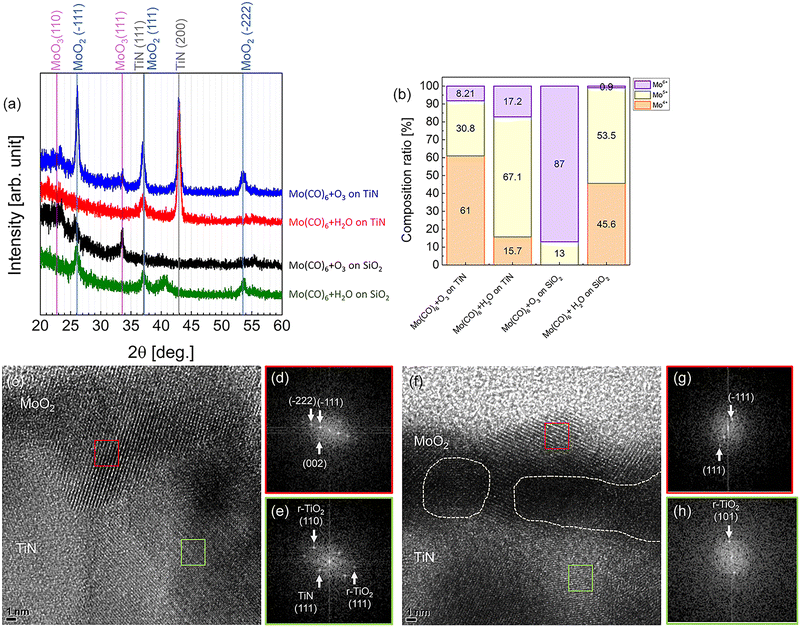 Open Access Article
Open Access ArticleCreative Commons Attribution 3.0 Unported Licence
Correction: Reliable high work-function molybdenum dioxide synthesis via template-effect-utilizing atomic layer deposition for next-generation electrode applications
Ye Won
Kim
a,
Ae Jin
Lee
a,
Dong Hee
Han
a,
Dae Cheol
Lee
a,
Ji Hyeon
Hwang
a,
Youngjin
Kim
a,
Songyi
Moon
b,
Taewon
Youn
b,
Minyung
Lee
b and
Woojin
Jeon
*a
aDepartment of Advanced Materials Engineering for Information and Electronics, and Integrated Education Program for Frontier Science & Technology (BK21 Four), Kyung Hee University, Yongin, Gyeonggi 17104, Korea. E-mail: woojin.jeon@khu.ac.kr
bSK Hynix, Inc., Icheon, Gyeonggi 17336, Korea
First published on 1st September 2022
Abstract
Correction for ‘Reliable high work-function molybdenum dioxide synthesis via template-effect-utilizing atomic layer deposition for next-generation electrode applications’ by Ye Won Kim et al., J. Mater. Chem. C, 2022, https://doi.org/10.1039/d2tc02104h.
The authors regret that an incorrect version of Fig. 1(b) appeared in the published article. The corrected version of Fig. 1 and its caption are reproduced here.
The Royal Society of Chemistry apologises for these errors and any consequent inconvenience to authors and readers.
| This journal is © The Royal Society of Chemistry 2022 |

